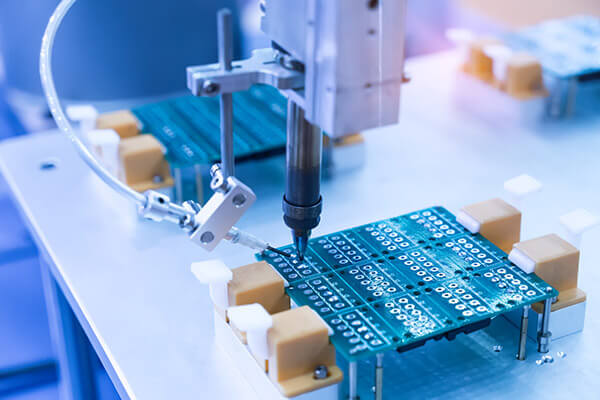
According to the construction and design, aluminum PCBs can be divided into different types. After studying all following types, we can see that aluminum PCBs have many characteristics in same, such as that the main purpose is to provide heat dissipation solutions for the applications involving high temperature.
The multilayer aluminum PCB is typical one in power supply applications with multiple layers of thermally conductive dielectrics. These materials are very useful when they are combined with one or more layer of circuitry in which thermally conductive dielectric is buried between the layers with the help of blind vias which also act as a signal or thermal vias. It’s extremely helpful when provide an ideal solution for many applications concerning heat dissipation.
As a new addition in the development of aluminum products, flexible aluminum PCBs increasingly be applied in heat dissipation products. These materials come with polyimide resin integrated with ceramic filters which exhibit high flexibility, thermal efficiency and excellent electrical insulation. When it applied with aluminum material, the final product will save costly cables and connectors, and will bring more flexibility.
When it comes to more complex constructions, as the production of through Hole Aluminum PCB, a single layer of aluminum is back-filled and pre-drilled with before applying lamination, forming a core of multilayer constructions. Thermal bonding materials are then used to laminate the thermal materials on both sides of the aluminum. Once lamination is done, drilling is applied on the assembly. In order to maintain proper electrical insulation, the plated through holes are created as the result of drilling must pass through aluminum clearances.
